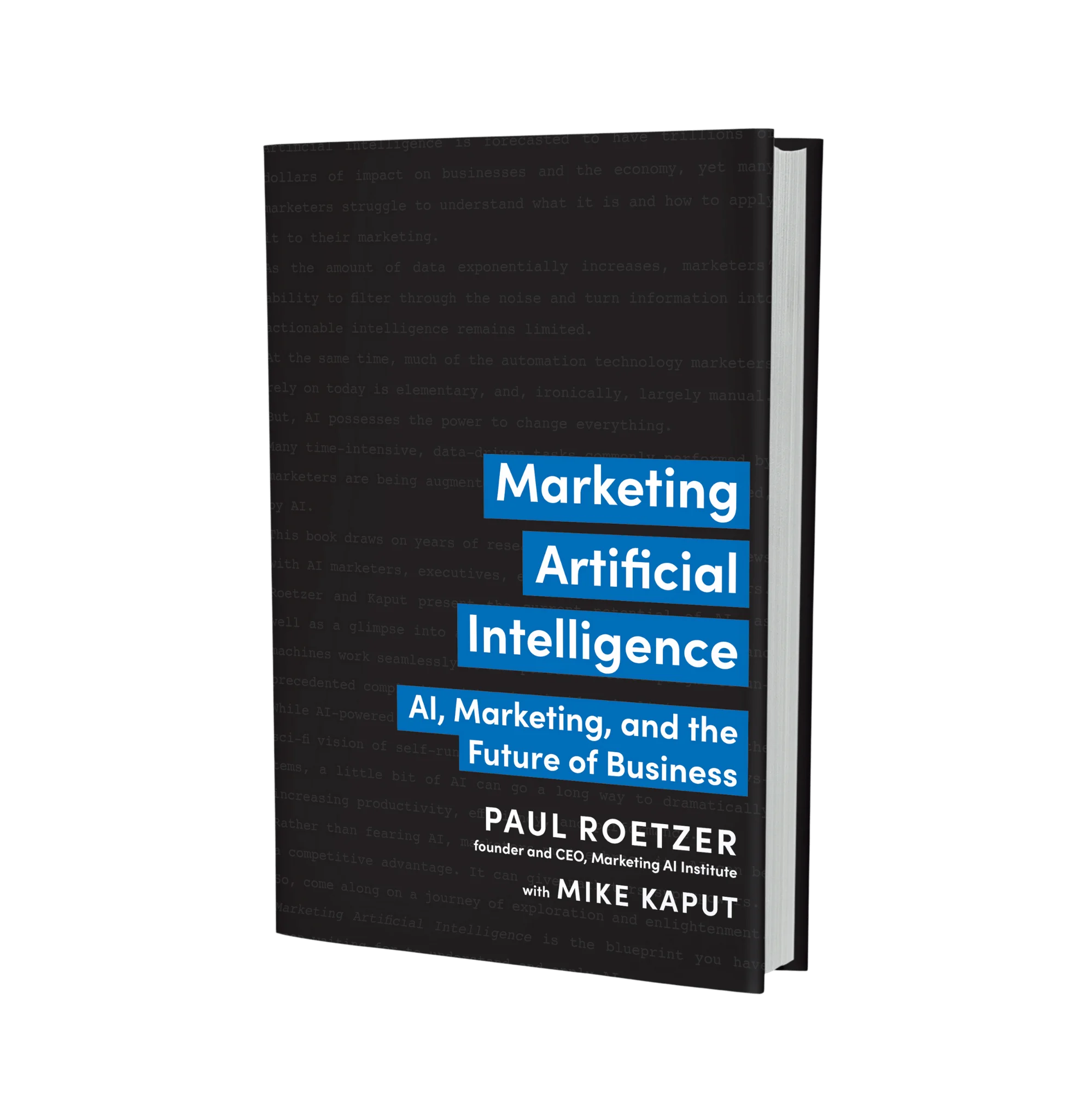Embark on a digital odyssey where artificial intelligence is your compass and marketing is the uncharted territory waiting for your footprint. “Overcoming Data Quality Issues In AI Marketing” is your guide through the labyrinthine world of 2024, where AI-driven content creation and cutting-edge trends reshape the landscape at a dizzying pace. Your journey will unveil how to craft masterful AI marketing strategies, infuse artificial intelligence into blogging and SEO, and command these tools to conquer the ever-present challenge of data integrity. With this knowledge, you’re poised to elevate your brand’s presence with precision that was once the stuff of dreams.

Understanding Data Quality in AI Marketing
Defining Data Quality
In the world of AI marketing, data quality is not just a buzzword—it’s the secret ingredient to your recipe for success. It’s about ensuring that the information at your fingertips is accurate, complete, consistent, timely, and relevant. Imagine your data as a mosaic—every piece must fit perfectly to create a stunning picture that tells the whole story.
Importance of High-Quality Data in AI
Your AI-driven marketing efforts are a mirror reflecting the data you feed into them. High-quality data is your ally, sharpening the insights and precision of your AI tools. Without it, even the most sophisticated AI becomes like a rudderless ship—unable to steer your marketing strategies toward the right audience or personalize experiences effectively.
Common Data Quality Problems
Alas, not all data is created equal. You’ll often find yourself facing duplicates, inconsistencies, and missing values. They are the villains in your marketing narrative, leading to misdirected campaigns and misinterpreted analytics. Beware the outdated information too—it’s like using last year’s map to navigate today’s streets.
Identifying Data Quality Issues
Conducting Data Audits
Picture yourself as a data detective, magnifying glass in hand. Conducting regular data audits is your investigation into the state of your data. Inspect where data comes from, how it’s processed, and where it’s going. Your mission? To spot anomalies, discrepancies, and the peculiar patterns that signal data quality issues.
Using Data Quality Assessment Tools
But even a detective needs high-tech tools. Employ data quality assessment software to automate some of the sleuthing. These tools will help you sift through mountains of data with the precision of an archaeologist, uncovering the hidden treasures of accurate data chunks amidst the rubble.
Creating a Data Quality Scorecard
For a panoramic view of your data quality landscape, craft a scorecard. This canvas will visualize the quality of your data across different dimensions. It will help you prioritize which data mistakes to correct first and gauge the impact of your improvements over time. Think of it as your data-quality health chart.
Root Causes of Poor Data Quality
Human Error
To err is human, to forgive is… well, not something your AI can do. When people input data, mistakes happen. A mistyped email, a wrong timestamp, a misplaced decimal—these small errors can cause significant issues for your AI’s interpretations.
Inadequate Data Collection Processes
If your data collection processes were a dance, would they be a graceful ballet or a chaotic tap dance? Inadequate or poorly designed processes contribute to the dance of disorder, leading to inconsistent and low-quality data.
Legacy Systems Issues
Legacy systems are like that old, cozy sweater—a comfort from the past but not suitable for a dynamic future. When these outdated systems interact with modern technology, they can produce a tapestry of disjointed data, woven with the threads of incompatibility and inefficiency.

Impact of Data Quality on AI Marketing Strategies
Effect on Personalization
In the universe of AI marketing, personalization is the star around which all planets orbit. Poor data quality can dim that star, resulting in irrelevant product recommendations or mistargeted content. High-quality data, however, can make it shine, enhancing the user experience with a personalized touch that feels just right.
Impact on Customer Segmentation
Customer segmentation is the art of grouping your audience into meaningful clusters. But introduce poor data into the equation, and your masterpiece might resemble a child’s finger painting—blurry and indistinct. Accurate data brings the sharpness and clarity needed to see each group for what it truly is.
Consequences for Predictive Analytics
Predictive analytics is the crystal ball of AI marketing. But even the best fortune-tellers can’t predict the future with a cloudy crystal. Low-quality data muddles your ability to foresee trends and customer behavior, leading to less informed decisions and potentially missed opportunities.
Enhancing Data Quality for AI Content Creation
Preprocessing Techniques
Before your AI can create content that resonates, you must first embark on a preprocessing quest. Cleanse your data of its impurities, fill in the gaps, and standardize the formats. This preparation will set the stage for AI-generated content that’s both coherent and captivating.
Content Validation
Not all that glitters is gold, and not all generated content hits the mark. Validate what your AI produces by cross-referencing with trusted data sources. This step ensures that your content is not only original but also factual and reliable, reinforcing the trust your audience has in your brand.
Feedback Mechanisms
Like an artist stepping back to evaluate their work, implement feedback mechanisms to measure how well your AI content is received. Embrace both the cheers and the critiques to calibrate your AI, refining its ability to generate content that truly resonates with your audience.
Strategies for Cleansing and Preparing Data
Data Cleaning Techniques
Roll up your sleeves and dive into the data cleaning. This process might involve removing duplicates, correcting errors, or dealing with outliers. Each technique refines your dataset much like a sculptor chiseling away at marble to reveal the statue within.
Normalization and Transformation
In the data orchestra, normalization ensures every instrument is tuned to the same key. It brings different scales and ranges into harmony so comparisons are meaningful. Transformation, on the other hand, changes the composition of data to better fit the algorithms of your AI maestro.
Handling Missing and Incomplete Data
A puzzle isn’t fun to solve if pieces are missing. The same goes for datasets. Devise strategies to handle gaps—whether it’s through data imputation, where you intelligently fill in the blanks, or by designing your AI to be resilient against incomplete inputs.
Leveraging AI to Improve Data Quality
Machine Learning for Anomaly Detection
Machine learning algorithms are like hounds sniffing out the fox. They can seek out anomalies in your data—identifying what doesn’t belong and alerting you to potential errors. This proactive approach can keep your data cleaner than a whistle.
Natural Language Processing for Data Enrichment
Natural Language Processing (NLP) is the charismatic conversationalist of AI, adept at understanding language nuances. Use NLP to enrich your data, extracting valuable insights from text and transforming them into structured formats that inform and enhance your strategies.
Automated Data Validation Tools
Time to call in the robotic troops to march through your datasets. Automated data validation tools tirelessly check and recheck data against predefined rules and patterns, ensuring a consistency that’s hard to achieve manually.
Monitoring and Maintaining Data Quality
Continuous Monitoring Practices
Constant vigilance is key. Implement monitoring practices that keep a watchful eye on your data in real time. This oversight ensures that you can react quickly to any deterioration in data quality before it becomes a larger problem.
Periodic Data Quality Reviews
Occasionally take a step back to review the entire landscape of your data. These periodic reviews are like health check-ups, pinpointing potential systemic issues and assessing the effectiveness of your ongoing data management strategies.
Updating Data Quality Frameworks
Just as a gardener must adapt their methods for changing seasons, you too must update your data quality frameworks to stay in tune with evolving data landscapes. This flexibility ensures that your processes remain robust against the tests of time and technology.
Training and Sourcing Quality Data for AI
Engaging Quality Data Sources
In the quest for data, align yourself with sources that are known for their high quality and reliability. Like forging alliances in a game of strategy, the right partnerships can provide you with a wealth of pristine data to fuel your AI.
Developing Training Datasets
Carefully curate training datasets that are representative, diverse, and free of biases. This careful preparation lays the groundwork for AI models that are finely tuned to deliver accurate and effective marketing actions.
Addressing Biases in Data
In a mindful manner, turn your attention to detecting and addressing biases within your data. Unearthing and correcting these skews ensures that your AI’s decisions are fair, unbiased, and aligned with ethical standards.
Advancing AI Marketing with High-Quality Data
Future Trends in AI and Data Quality
Embark on a journey into the future where AI and data quality intertwine ever more deeply. Anticipate emerging trends such as AI that self-corrects its own data inputs and data quality metrics that evolve in real-time with AI application usage.
Case Studies of Successful AI Marketing Implementations
Illuminate your path with tales of those who’ve traversed it successfully. Examine case studies where high-quality data was the key ingredient in transformative AI marketing campaigns that captivated audiences and delivered exceptional outcomes.
Long-Term Strategies for Data Excellence
Envision your AI marketing journey as a marathon, not a sprint. Lay out long-term strategies that consider the sustainability and scalability of your data practices. By cultivating a culture that perpetually cherishes data quality, you’ll ensure the ongoing success of both your AI marketing initiatives and your broader business aspirations.
Tend to the garden of your data with patience and care. In time, it will bloom with insights, driving the creative and strategic endeavors of your AI marketing efforts to new and dazzling heights.
















